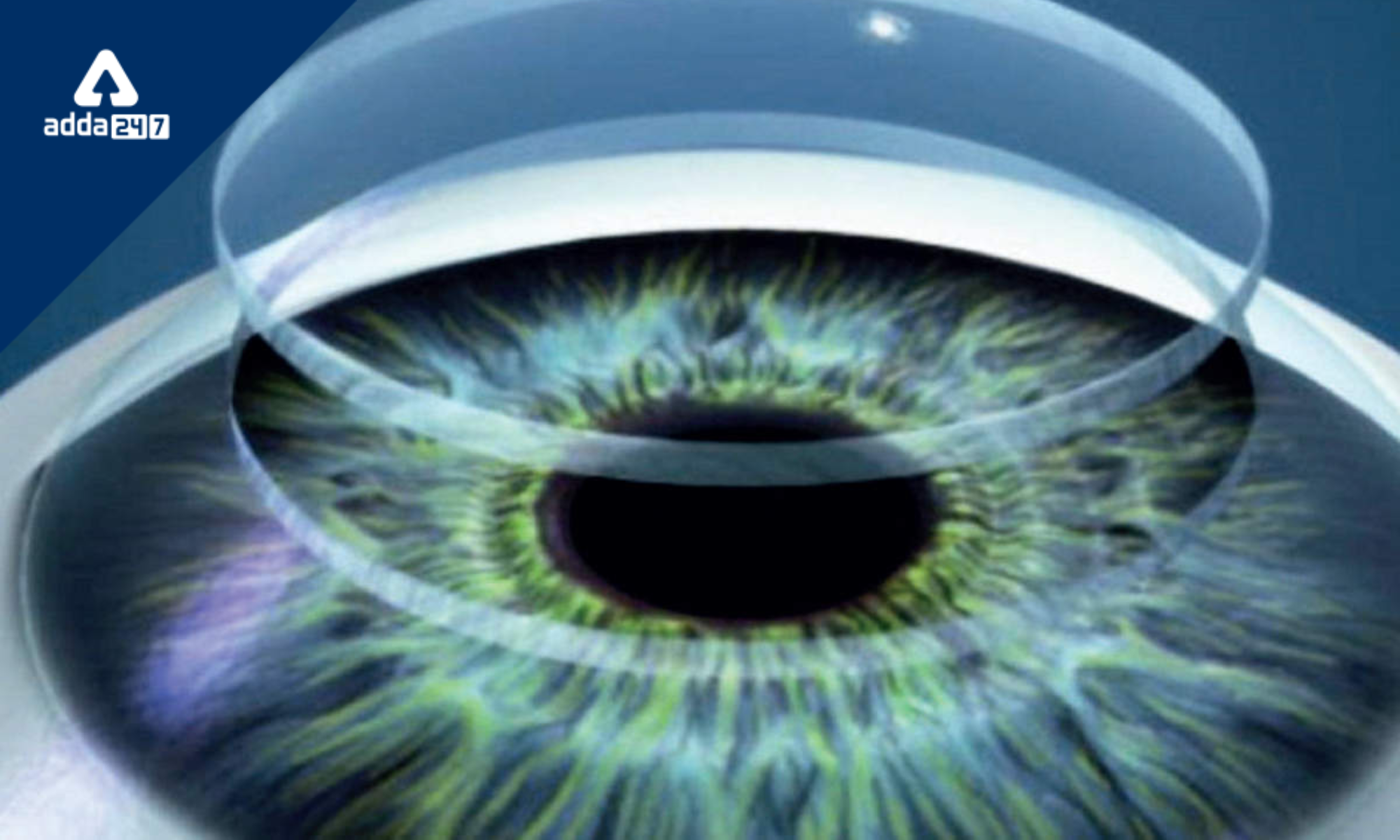Researchers in Hyderabad have successfully 3D-printed an artificial cornea (3D-printed Human Cornea) and placed it in a rabbit eye for the first time ever in India. A 3D-printed Human cornea made from human donor corneal tissue has been created by researchers from the L V Prasad Eye Institute (LVPEI), Indian Institute of Technology-Hyderabad (IIT-H), and the Centre for Cellular and Molecular Biology (CCMB).
3D-printed Human Cornea: Key points
- The product (3D-printed Human Cornea) was created locally with support from the government and philanthropic organisations; it is entirely natural, free of synthetic ingredients, and safe for patients to use.
- In order to create a special biomimetic hydrogel (patent pending), the researchers from LVPEI, IITH, and CCMB employed decellularized corneal tissue matrix and stem cells generated from human eyes.
- This hydrogel served as the foundation material for the 3D-printed Human Cornea.
- The 3D-printed Human Cornea is biocompatible, natural, and free of animal byproducts because it is made of components derived from human corneal tissue.
3D-printed Human Cornea: Researchers and Funding
Leading researchers from LVPEI, Dr. Sayan Basu and Dr. Vivek Singh, stated that 3D-printed human cornea might be a game-changing and revolutionary innovation in the treatment of conditions including Keratoconus and corneal scarring.
The Department of Biotechnology provided funding for 3D-printed human cornea study, and the Sree Padmavathi Venkateswara Foundation in Vijayawada will provide funding for the translational work necessary for patient clinical trials.




 Who Is Sai Jadhav? India’s First Woman O...
Who Is Sai Jadhav? India’s First Woman O...
 India and Saudi Arabia Sign Visa Waiver ...
India and Saudi Arabia Sign Visa Waiver ...
 Bharat Taxi to Roll Out in January 2026 ...
Bharat Taxi to Roll Out in January 2026 ...







